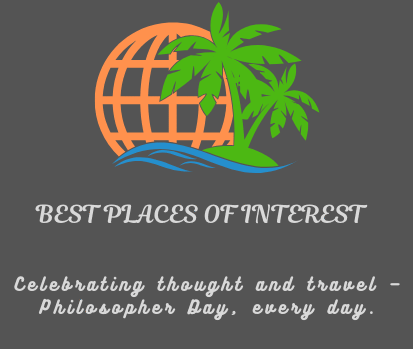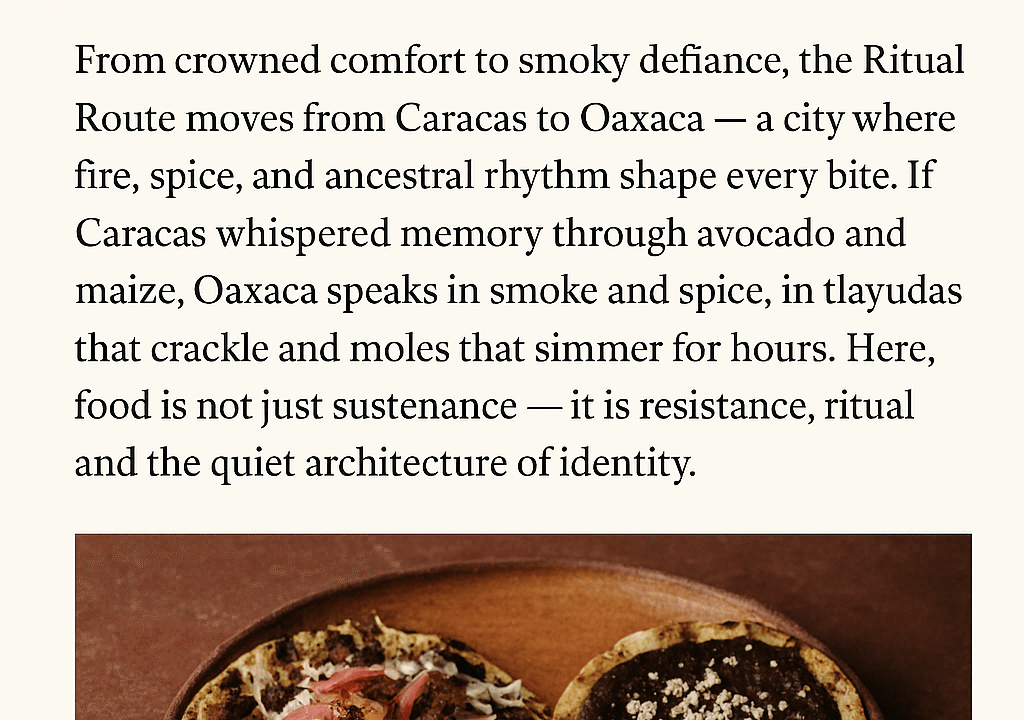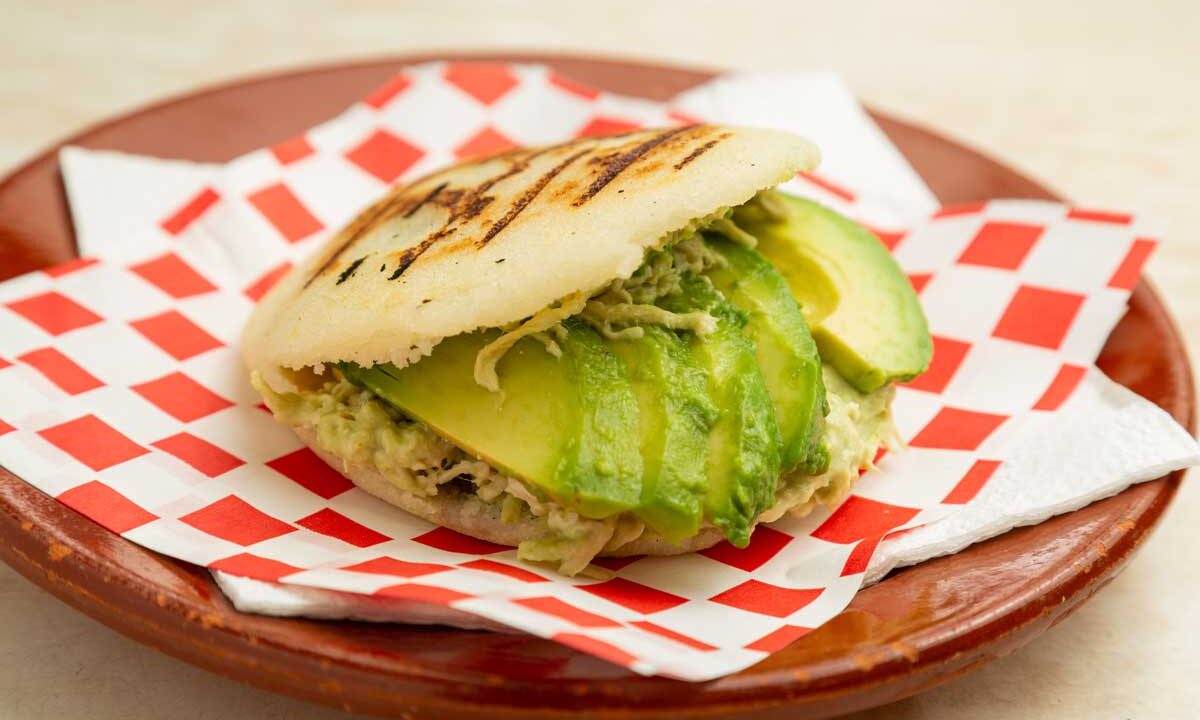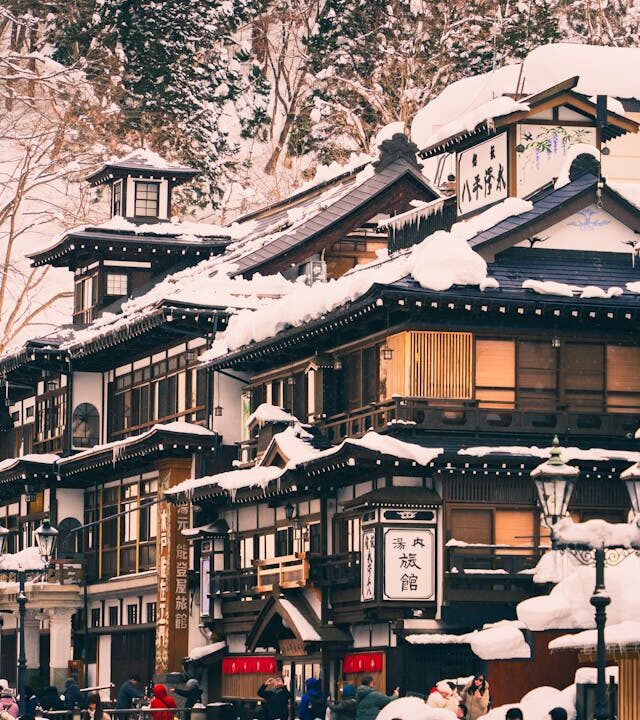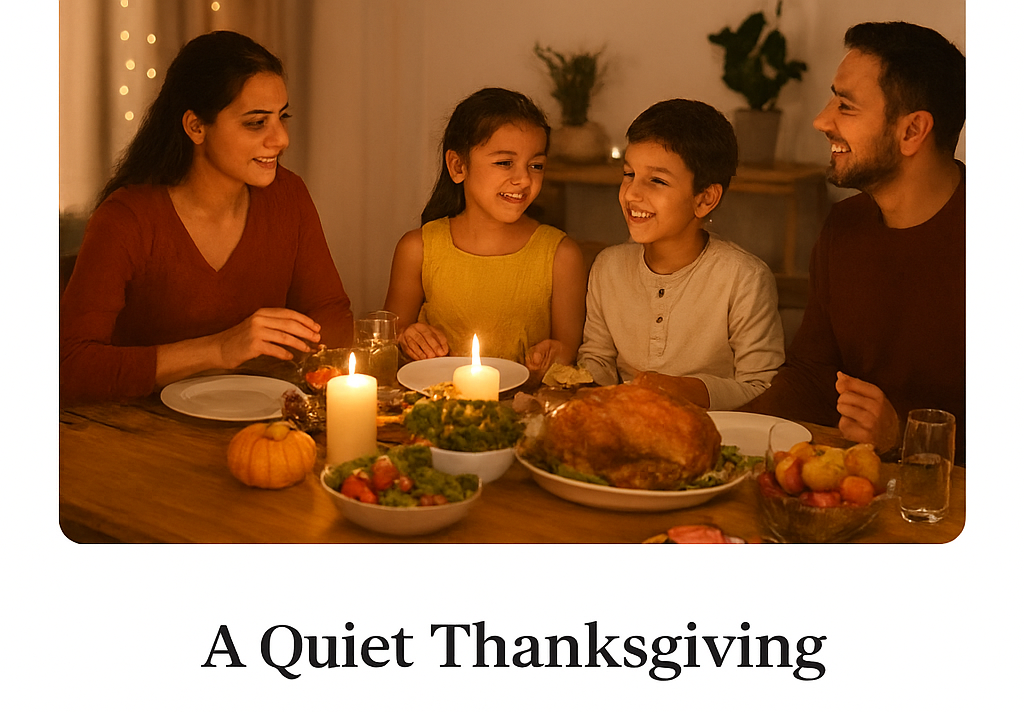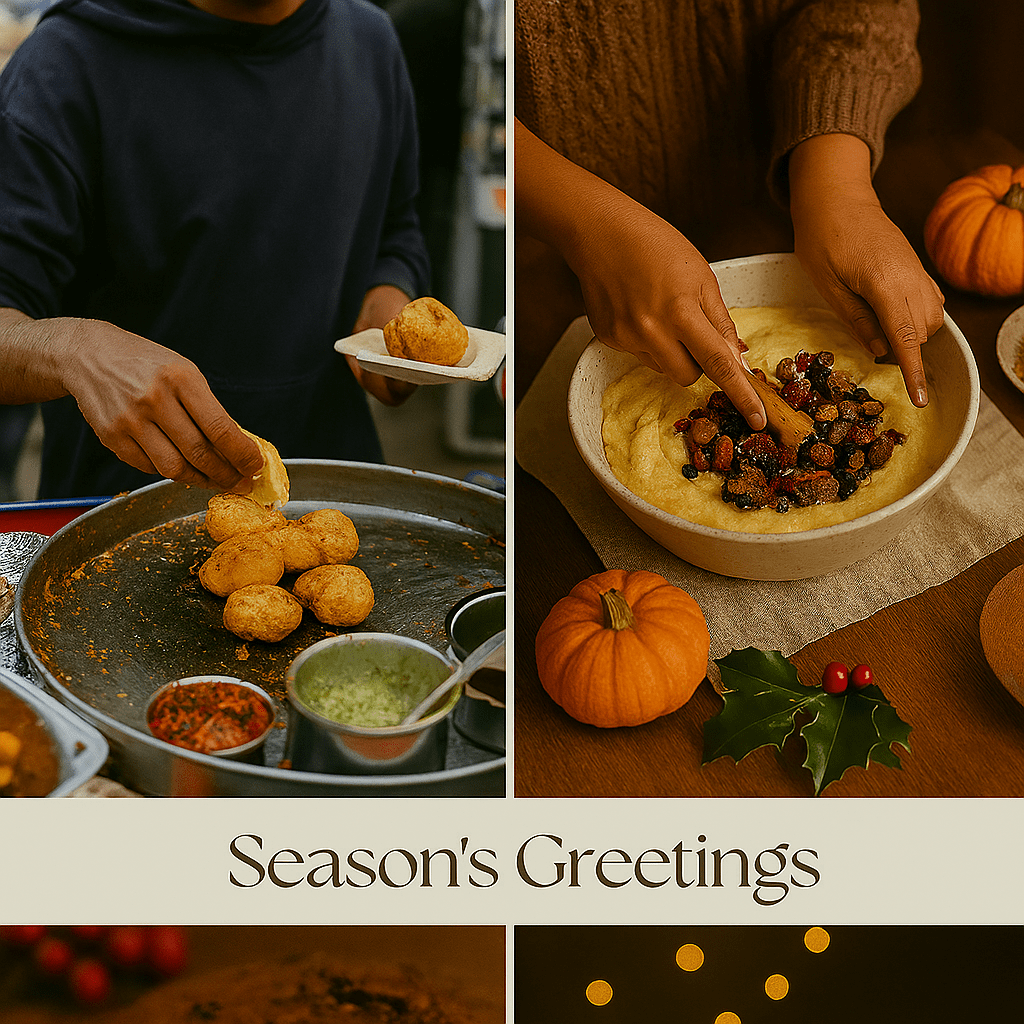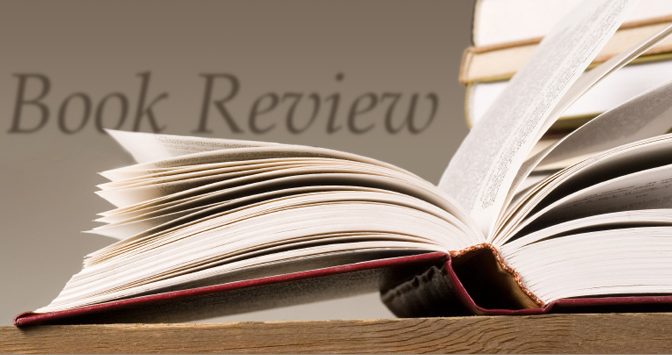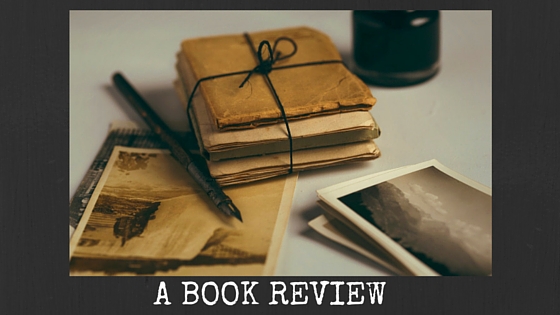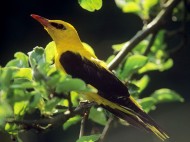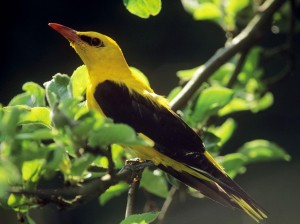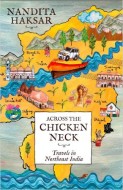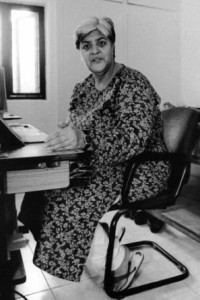Your client must go to jail tonight, the judge said, as he picked up his pen to formalise the pronouncement cancelling Atul’s bail.
Atul’s heart skipped a beat, the blood rushing about in anguish as he sank down on his chair, discredited and shamed.
Atul hadn’t been as prepared for this; so when reality struck, it did so with a paralyzing force.
The above are opening lines of ‘Destiny of Shattered Dreams by Nilesh Rathod. These opening lines lure us into the novel as we want to know about Atul, the protagonist. As readers, we have the following questions in our minds: –
- Who is Atul?
- Why has he been convicted?
- What crime has he been convicted of?
- Why has the judge been so strict in not granting him bail?
The title ‘Destiny of Shattered Dreams is apt and justified as it is here that we see the dreams of a Man being shattered and know how does it feel. So, as we proceed to read the novel further, the questions are answered as well the mystery unfolds.
Story– Atul Malhotra, 35 years, Chairman of the board and founder CEO of Transmech Telecom Limited (TTL). He was in judicial custody on charges of corrupting government officers, violating the Foreign Exchange Management Act [FEMA] and other economic offenses.
Atul Malhotra’s ambition, passion, and raw courage help him realize his dreams. He is a quick learner and adapts to any new situation. Power, aspirations, betrayal and drama is what all the story is about. It gives out messages of righteousness while entertaining you.
Atul found his solace in Qazi Sahib’s couplets while in jail. Qazi Saheb or Akram Qazi was the legal brain behind the business. He often came up with such beautiful lines or couplets. He was a poet, musician, and romanticist, a multi-faceted personality. The following quote is appropriate to the situation and worth mentioning:
Time is a messiah, every sorrow it shall contain,
But time it is and time it shall take,
But who will heal my wounds till then?
Just so will continue sorrow’s shackle all life,
Sometimes the pain it shall bluster,
At other times, pain it shall heal.
For how long will the distraught cloud contain itself?
Bellowing, bellowing, it shall set the firmament on fire,
Afore bursting it too will set fire to the same desire.
What do you call destiny, this I do not know?
Transforming, altering forms it too shall my extant relish.
Something like the spark did leap, I thought that now at least it will absorb me,
Fire, fire all the way but how shall it give cinders
before destiny’s decree.
The above lines are very apt and beautifully expressed. The author, Nilesh Rathod who is debutant novelist is praiseworthy.
Genre– The genre of the book is Contemporary Fiction and covers many sides of life. It is about the rise and fall of Atul Malhotra in business. Contemporary fiction is usually focussed on giving people a glimpse into some part of daily experience showing them what it would be like to walk in someone else’s shoes. In contemporary fiction, the writer focuses on making everything as realistic as possible. The author hopes that the experience of reading a story will give the reader a better understanding of these issues than he would otherwise obtain from non-fiction account which deals with the same kind of subject matter that would potentially help the person develop more sympathy or better understanding.
Style– The pace of the novel is fast and tells a tale of this brilliant young man’s meteoric rise at business. The author has used simple, clear and lucid language. The fast pace of the novel keeps you engaged till the last page. It is nothing short of being a Bollywood movie. It is well-written with poise and with conscious efforts.
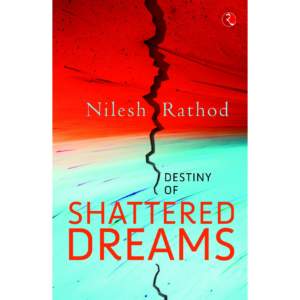
The book cover is very apt and suits the title ‘Destiny of Shattered Dreams’. It has been designed by Mugdha Sadhwani. It grabs the reader’s attention with a broken line running right through the centre of the cover page. It is a brilliant red and blue cover.
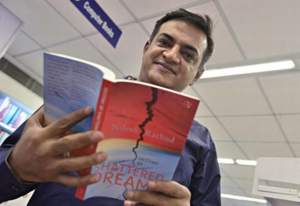
About the author: Nilesh Rathod is a business person, writer, and poet. Co-founder of Ensemble Infrastructure India Limited, Nilesh’s current company employs over 2000 people. Destiny of Shattered Dreams is his debutant novel. He is currently working on his second novel. He lives in Mumbai with his wife Preeti and sons Shloak and Parv.
Book trailer– This book has a book trailer which has been directed by Jay Bhansali, Music Composer: Amaal Mallik and Script & Voiceover: Nilesh Rathod. It is an amazing concept, narration, and music.
So, all I can say grab your copy today. 🙂
